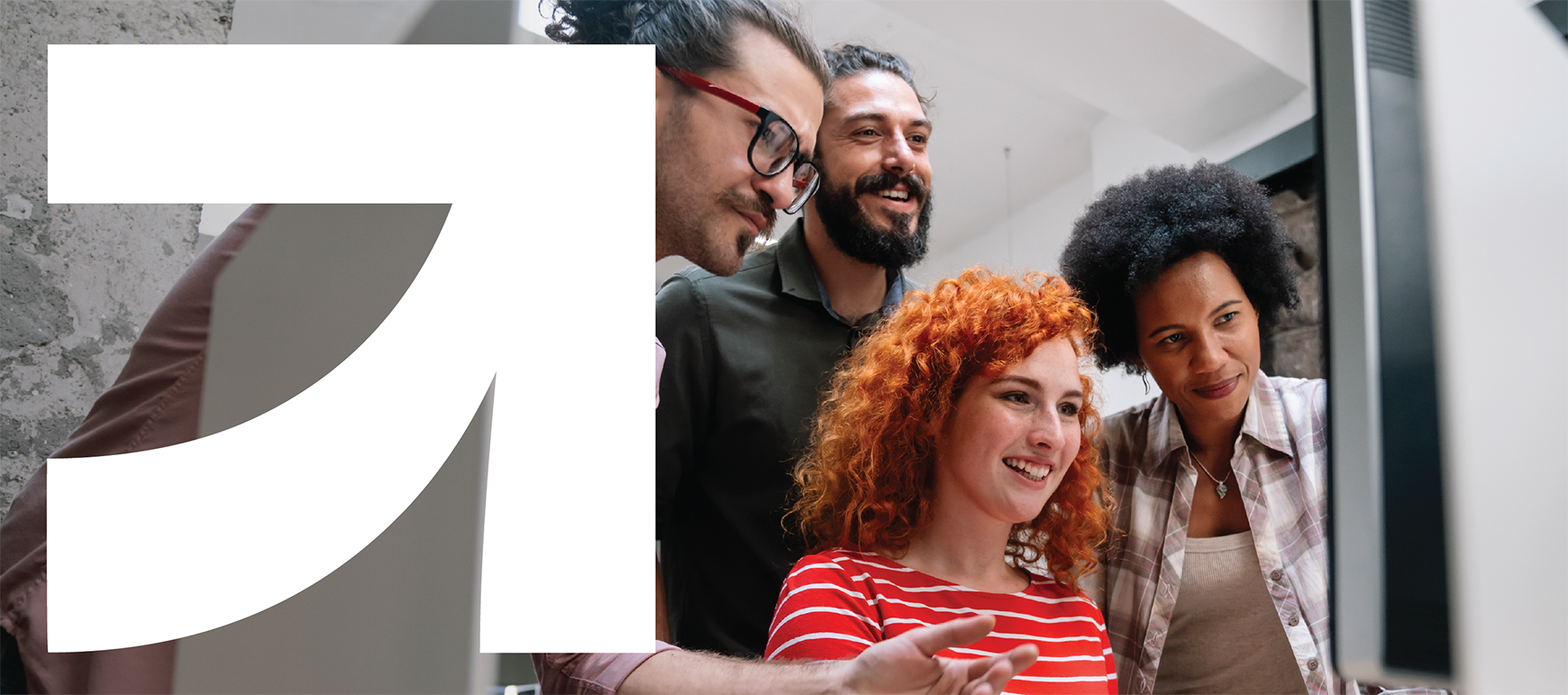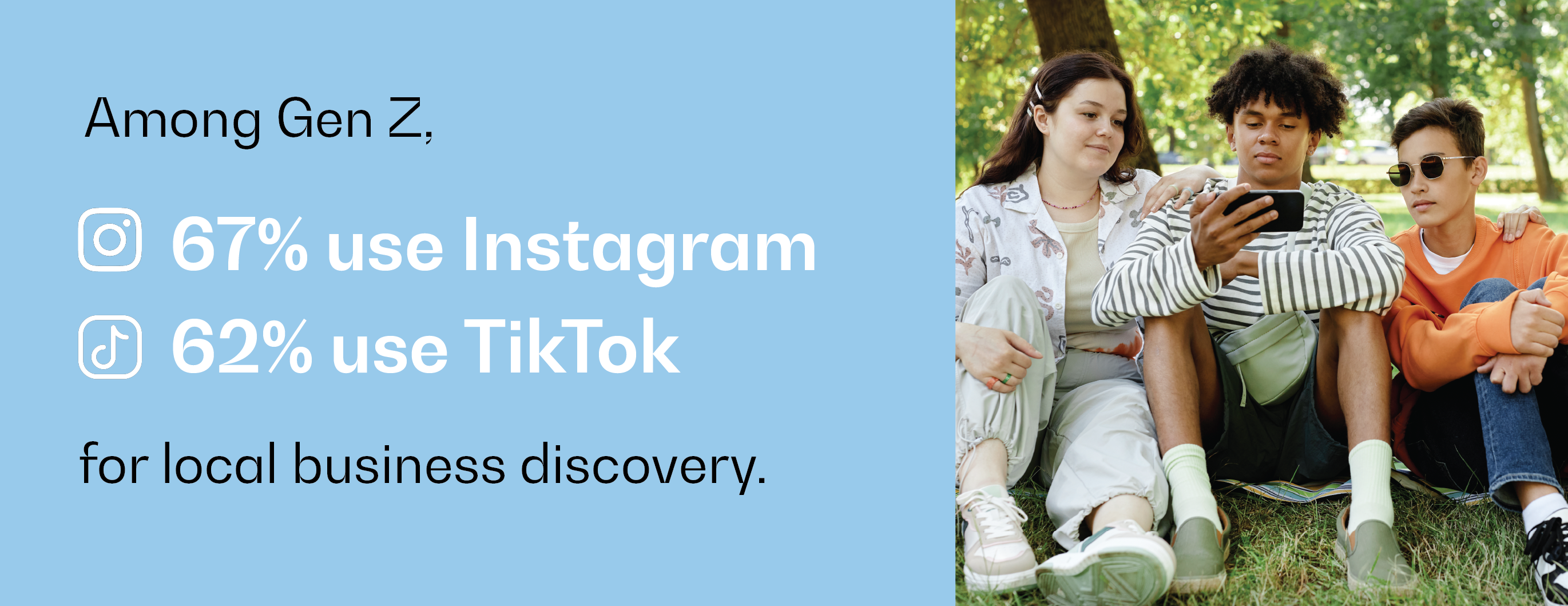
SEO has evolved. Today, three platforms—Google, AI models, and Instagram—determine whether your firm or products are discoverable, credible, and engaging. Nearly 90% of B2B buyers research online before making a purchase, and three-quarters use social media in that process.1 If you’re not visible across this trifecta, you’re not even in the consideration set.
Google remains the number one search engine in the world, but it is not the first. What made Google light-years ahead of its competitors is its uncompromising focus on search. The clean white page was set up for one single purpose: finding the most relevant answer to your query. The keyword here is “relevant,” meaning Google's experience is all about accuracy and intent. Discovery is determined by algorithms that crawl and index content across the web. Visibility requires continuous optimization: keywords, tags, and fresh content are the currency of high organic ranking.
Aligning your website with the most powerful awareness tool in the world is a smart investment that will continuously bring significant returns if it is consistently maintained. As Google and its AI technologies become increasingly sophisticated, the importance of staying on top of their methodology means we can no longer view our websites as a set-it-and-forget-it approach.
While it sounds overwhelming, investing in SEO requires technical expertise and a deep knowledge of how to solve your customers' problems. The good news is that you can hire a strategist for the former, and you are the expert for the latter.
Why This Matters for A&D Firms: Principals and partners are judged by thought leadership, credibility, and their portfolio. A Google-optimized site ensures that your best work and insights appear when developers, owners, or clients search for expertise.
Why This Matters for Manufacturers: Every product spec starts with a search. If your product pages don’t rank, you’re invisible to architects, designers, and builders during the decision process.
Your customers and prospects no longer rely only on Google.Increasingly, they are turning to AI-driven models to deliver synthesized answers instead of links. And, your customers are getting younger. Gen Z is on the front lines and lean on LLMs (Large Language Models) like ChatGPT and Google NotebookLM to help discern the slightest point of differentiation in complex multifactor evaluations.
LLMs do not use paid media. They surface structured data, authority signals (like PR), and content designed to be surfaced in machine-generated responses.
To be considered in searches, you must have an SEO-optimized website with a robust content plan and backlinks from earned media. According to a 2025 Muck Rack report, 70%+ of citations used by LLMs come from PR placements.2 That is because LLMs perceive publications that publish articles and quotes as having a higher level of authority. Why does this matter?
LLMs aren’t just toys. They’re the backbone of search, research, buying decisions, and customer education.
Why This Matters for A&D Firms: A byline or project overview in trade media ensures that when someone asks an AI, “Who are the leading firms in adaptive reuse?” your firm appears as part of the synthesized answer.
Why This Matters for Manufacturers: LLMs lean heavily on technical and authoritative sources. If your CEO is quoted in Construction Dive, there’s a higher chance your product shows up in AI answers to queries like “What’s the most energy-efficient roofing option in 2025?”

Starting in 2025, Google began indexing Instagram. Among Gen Z, 67% use Instagram and 62% use TikTok for local business discovery.3 This means that the copy in your posts has become a part of your SEO plan. Brand discovery hinges on optimizing profiles, captions, and engagement signals to appear in platform-native search.


Why This Matters for A&D Firms: Instagram is often the first place clients or collaborators encounter your portfolio. With posts now indexed on Google, an optimized caption describing your “award-winning healthcare design project in Boston” could appear in both Instagram and Google searches.
Why This Matters for Manufacturers: Instagram acts as a visual catalog for products in use. A reel showcasing “Beautiful, energy efficient, high-end residential using ICF” is not just social proof; it’s now searchable on Google, reaching architects, owners, and contractors mid-research.


Google builds discoverability. LLMs synthesize authority. Instagram drives engagement. But what ties all three together is PR.
The most common misconception about PR is that it is based on who you know. The truth is quite different. Your PR team should be available to position good, credible content to the media based on their calendars. This is where rich, thought leadership can be demonstrated across a vast media landscape, not just a single focused trade publication. For example, our team routinely places projects, products, and insights in the HGTV blog, Arch Daily, and Fast Company Magazine. Because we are connected and able to solve a reporter's pressing needs, we are often able to place multiple clients in the same story.
It’s also important to note that with the rise of AI tools, many reporters say they are receiving far more responses to their queries, much of it sounding the same.
If you want to build a relationship with the press, treat them like a client. Show up with original ideas, well-written, differentiated responses, and make their lives easier.
PR isn’t a side tactic; it’s now the accelerator that makes each channel more powerful.

SEO + Content: Lead with Case Studies and Insights
For firms, your website is still the front door and your 24/7/365 salesperson. Make sure your project case studies are not just beautiful photos, but also optimized for how decision-makers search. Instead of “Office Tower, New York,” title the page: “Sustainable Office Tower Design in Midtown Manhattan.” Include specifics like square footage, LEED certification, and unique design challenges solved. Case studies and all of your content should be keyword-infused, detailed, and answer the most significant questions you hear in your new business meetings. This makes your portfolio both human-friendly and searchable.
Example: If a VP of real estate searches “NYC LEED Platinum architects who specialize in circularity”, and your case study uses that phrasing, your firm is far more likely to appear.

PR Integration: Turn Projects into Storylines
Turn projects into media storylines. Coverage in Architectural Record or Dezeen gives you a backlink from a domain that search engines and AI models recognize as high-value.
Example: Your healthcare project wins a design award. A well-placed press release leads to a feature in Healthcare Design Magazine. That article becomes a citation in LLM results when someone asks, “What firms specialize in innovative hospital design?”
Instagram: Showcase Coverage, Not Just Work
Don’t only post project photos. Share your press wins. For example, post a carousel: first slide = a striking project image, second slide = the headline from the article featuring your firm. In your caption, weave in keywords like “award-winning adaptive reuse architect in Boston.” This strategy builds credibility with clients and enhances searchability now that Instagram captions are indexed by Google.
Metrics to Track

SEO + Content: Technical Pages That Answer Buyer Questions
Specifiers and contractors are practical. They want details. Make sure your product pages include not only specs but also application notes and FAQs. Blog posts should tackle real-world problems, such as “How cement board siding performs in sub-tropical climates”. This content is what gets pulled into Google snippets and AI summaries.
Example: A blog post answering “best waterproof flooring for hospitals” could rank in Google and also be summarized by ChatGPT when a designer asks that same question.
PR Integration: Media Mentions That Build Authority
Product launches, case studies, and sustainability initiatives are all newsworthy. Getting featured in outlets like Interior Design Magazine or Architectural Products delivers two things: an authoritative backlink and long-term credibility. PR placements are disproportionately used by AI models as citations because they’re seen as trusted sources.
Scenario: Your company introduces a low-VOC paint. A Builder Magazine feature links back to your site. Months later, when an AI is asked, “What are eco-friendly paints for schools?”, that coverage is what it cites.
Instagram: Visual Proof of Performance
Show your products in action. Post reels of installation processes, side-by-side before/after shots, or short clips of contractors using your product on-site. Pair these visuals with keyword-rich captions (e.g., “commercial roofing system installed in Denver warehouse”) and geotags for local search visibility. When these posts surface in both Instagram and Google results, they double as credibility boosters.
For executives, success needs to be measurable. Track this trifecta with a simple KPI set:
The future of visibility isn’t one channel, it’s all three, working together. Google makes you findable> LLMs make you credible. Instagram makes you engaging. PR amplifies each.
For A&D firms and manufacturers alike, the brands that integrate SEO, PR, and social will turn visibility into leads, and leads into growth.
[1] DemandSage, “B2B Marketing Statistics,” 2025.
[2] Muck Rack, Generative Pulse 2025 Report.
[3] Marketing Dive, “Gen Z Prefers TikTok and Instagram to Google for Local Search,” 2024.